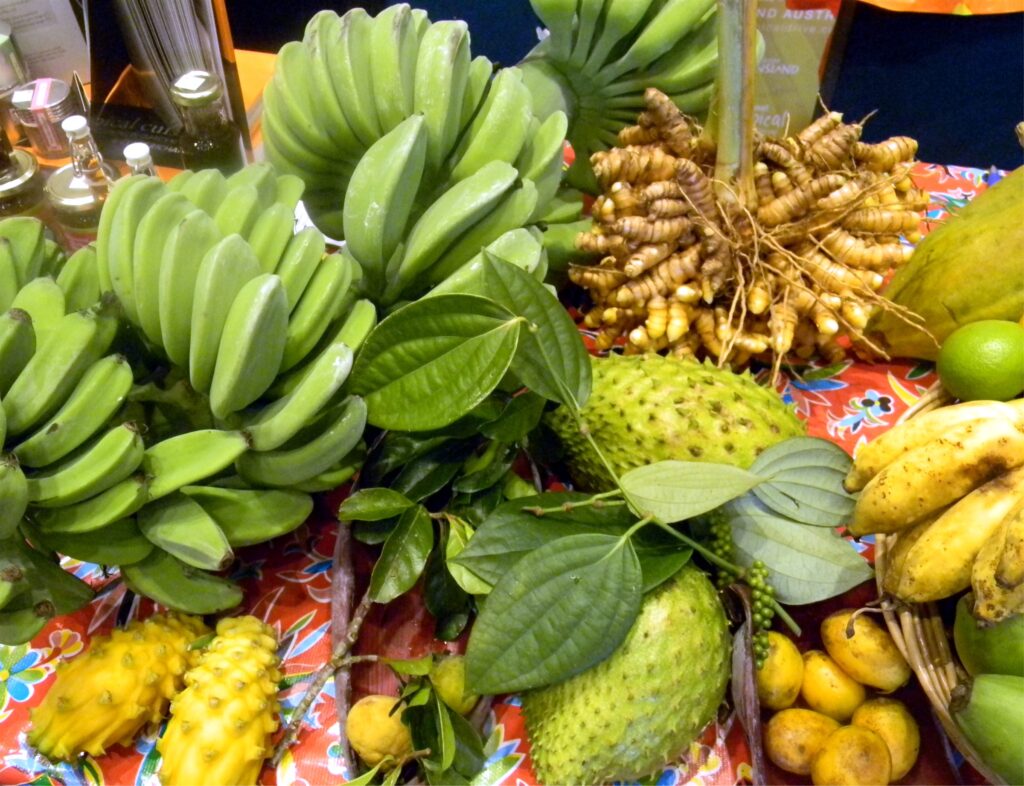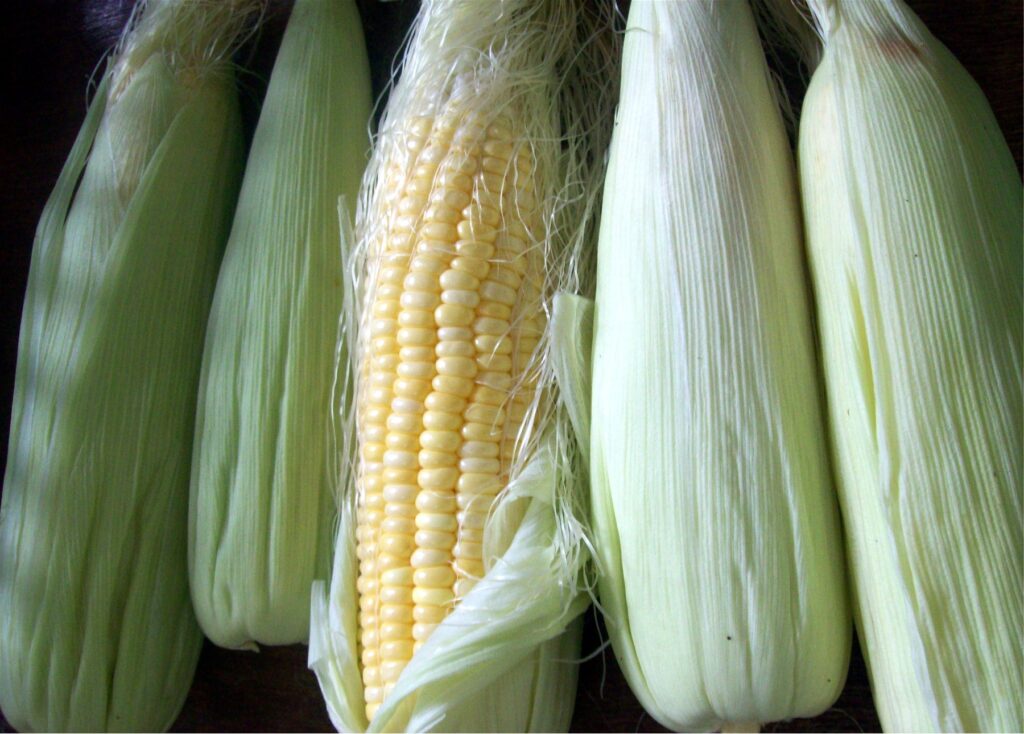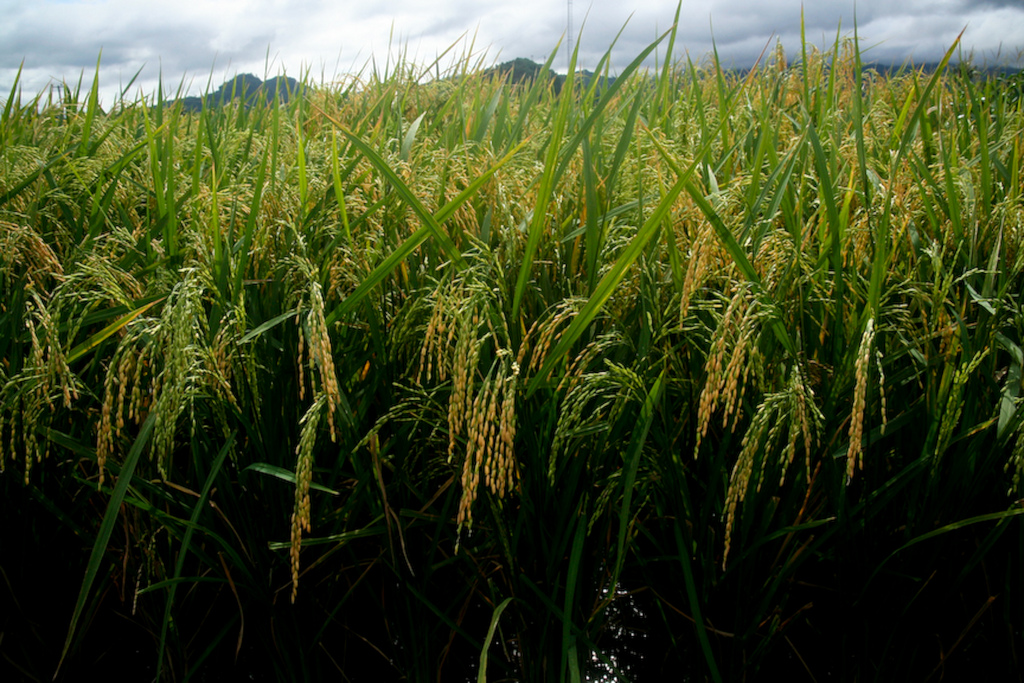Text and Photos by Henrylito D. Tacio
It’s only five in the morning, and yet Josephine is already awake. She doesn’t mind the cold weather in October. She has to clean her vegetable garden since a lot of weeds have been growing near the crops. She needs to plant some eggplants and tomatoes, too, since what she planted previously is already dying.
“I have to wake up early since my children have to go to school before seven in the morning,” the 30-year-old mother of three and lives in Baguio District in Calinan, Davao City. “I have to cook their meals before they wake up.”
Some 500 meters away from the garden is her husband Allan, who is tilling the rice fields. It’s only two hectares, but it is the source of income for the family. He is almost done with his work, and soon he will be planting rice.
“My rice production has gone low,” Allan says. “I really don’t know why. I have been planting rice since I was a teenager and had been following the usual technique in raising the crop. There are instances that I have to plant a little bit late since rain has become scarce. There are also months when it keeps raining.”
Rice is the staple food of Filipinos. “If we did not have rice, we could probably feel less Filipino,” the late food columnist Doreen Fernandez once said.
Filipinos consume about 32,450 metric tons of rice per day, said Emmanuel F. Piñol when he was the secretary of the Department of Agriculture.
Basic human right
Whether it is rice, corn, vegetables, or fruits, food is seen as a basic human right – yet world hunger continues to rise.
“Food insecurity, hunger and malnutrition are impacting every country in the world and no country is unaffected,” says the Food and Agriculture Organization (FAO) of the United Nations.
About 811 million people suffer from hunger, two billion suffer micronutrient deficiencies – that’s, vitamin and mineral deficiencies – and millions of children suffer stunting and wasting, deadly forms of under-nutrition.
That’s alarming, indeed.
In the Philippines, two in every 10 Filipino children (0-59 months old) are underweight, according to the Food and Nutrition Research Institute (FNRI). Three in every ten are stunted, FNRI added.
In 2019, FNRI reported that 64.1% of total Filipino households were food insecure. The following year, the research institution Social Weather Stations estimated 5.2 million Filipino families (20.9%) experienced involuntary hunger – hunger due to lack of food to eat – at least once in the past three months.

Food diversity 
Corn
Around the world, some of those who suffer from hunger should not suffer from such if only those 17% of all food available to consumers in 2019 did not go to waste. Yes, that much percentage of food ended up being thrown away.
Because of the coronavirus disease 2019 (COVID-19) pandemic, an additional 132 million people face food and nutrition insecurity today.
“The pandemic has deepened inequalities, decimated economies, plunged millions into extreme poverty and raised the specter of famine in a growing number of countries,” deplored UN Secretary-General Antonio Guterres.
Scientists are not sure exactly how long the average person can go without food. But in general, it is likely that a person could survive between one to two months without food, based on those who participated in hunger strikes.
“Food is literally the most important thing in the world,” said Arturo R. Tanco, Jr., then president of the World Food Council. “It is not even next to life, because it is life itself. Deprived of the right to food, man knows no other.”
Without food
The human body needs the nutrients in food to survive. It uses protein, carbohydrates, and fats, as well as vitamins and minerals, to renew cells and fuel vital bodily processes. “Without food,” writes Medical News Today’s Amanda Barrell, “the body starts to use its own tissue as fuel, but it can only do this for so long.”
In the 2020 Global Hunger Index, the Philippines ranks 69th out of the 107 countries with sufficient data to calculate GHI scores. With a score of 19.0, the Philippines has a level of hunger that is moderate.
Hunger is the physical sensation of desiring food. When politicians, relief workers, and social scientists talk about people suffering from hunger, they usually refer to those who are unable to eat enough food to meet their basic nutritional needs for sustained periods of time.
Most of those suffering from hunger are those living in the cities since they don’t have enough areas where they could plant vegetables and other crops. In comparison, people living in rural areas can always plant vegetables and fruit trees in their home yards.
Urban agriculture
When the COVID-19 pandemic stirred lockdowns and quarantines in the country, agriculture experts then suggested urban agriculture as an alternative food security solution in urban areas.
“Urban agriculture refers not merely to the growing of food crops and fruit trees but that it also encompasses the raising of animals, poultry, fish, bees, rabbits, guinea pigs, or other livestock considered edible locally,” explains Dr. Irene Tinker, an American professor in the department of city and regional planning at the University of California.
Indeed, urban farming has started to show the way to securing food for families living in highly urbanized areas.
The Good Food Farm in Barangay Ususan, Taguig, reportedly benefitted its 30 members from the Pamayanang Diego Silang in medium-rise BCDA Housing. They have jobs on top of a regular food supply as Bayer Kubo also sells its extra produce to the community and, eventually, to Conrad Manila Hotel.

The farmer residents are more grateful than ever for partnering with Bayer Philippines on the Bayer Kubo project, a 300-square meter farm right in the middle of their residences. Among the vegetables harvested from the farm were tomatoes, okra, eggplant, sitaw, mustard, pechay, bitter gourd, lettuce, and bell pepper.
They also harvested herbs and spices like basil, tarragon, oregano, roselle, taheebo, gotu kola, serpentine, and lemongrass.
Food waste
Curiously enough, the world currently produces enough food to feed every person on the planet. However, 1.3 billion tons of food is lost or wasted annually – that’s roughly 20% of the food produced and worth US$1 trillion, according to FAO.
Almost half of all fruits, vegetables, roots, and tubers produced are wasted, the UN food agency said.
The Laguna-based International Rice Research Institute (IRRI) seems to agree with that observation. In the Philippines, for instance, at nine grams (around three tablespoons) of the average five cups of steamed rice cooked daily is wasted. If these morsels are added together, it’s more than 300,000 tons of rice a year.
A study conducted by IRRI showed that middle-class families tend to waste more rice than low-income families.
Food waste squanders land and water used to produce rice. In his book, Water: The International Crisis, author Robin Clark reports that the amount of water needed to produce one ton of rice would fill between two and three Olympic-sized swimming pools. IRRI claims growing one kilogram of rice with traditional irrigation consumes enough freshwater to fill 25 oil drums.
When left to rot, wasted food releases methane. “One of the most potent greenhouse gases on Earth,” said the Nobel-prize-winning Intergovernmental Panel on Climate Change (IPCC) of methane.
“Methane absorbs heat 21 times more than carbon dioxide and it has 9 to 15-year life time in the atmosphere over a 100-year period,” said Dr. Constancio Asis, Jr., a recipient of the 2011 Norman E. Borlaug Agricultural Science and Technology Fellowship Award.
Easing hunger
It may be impossible to end hunger immediately, but there are several ways of easing hunger.
Abdullah Shahid, president of the 76th session of the United Nations General Assembly, said it is crucial to change the way farmers produce and people consume food “by shifting to methods that are resilient to shocks, more environmentally friendly, and enhance individual health and well-being.
“Every nook of this planet has its own microclimate, its own unique growing condition,” he explained. “Through a combination of natural selection and trial-and-error, farming communities all over the planet have, over the course of centuries, developed varieties uniquely suited to their locale. The diverse food of the planet, and the seeds they come from, are a priceless piece of our humanity.”

